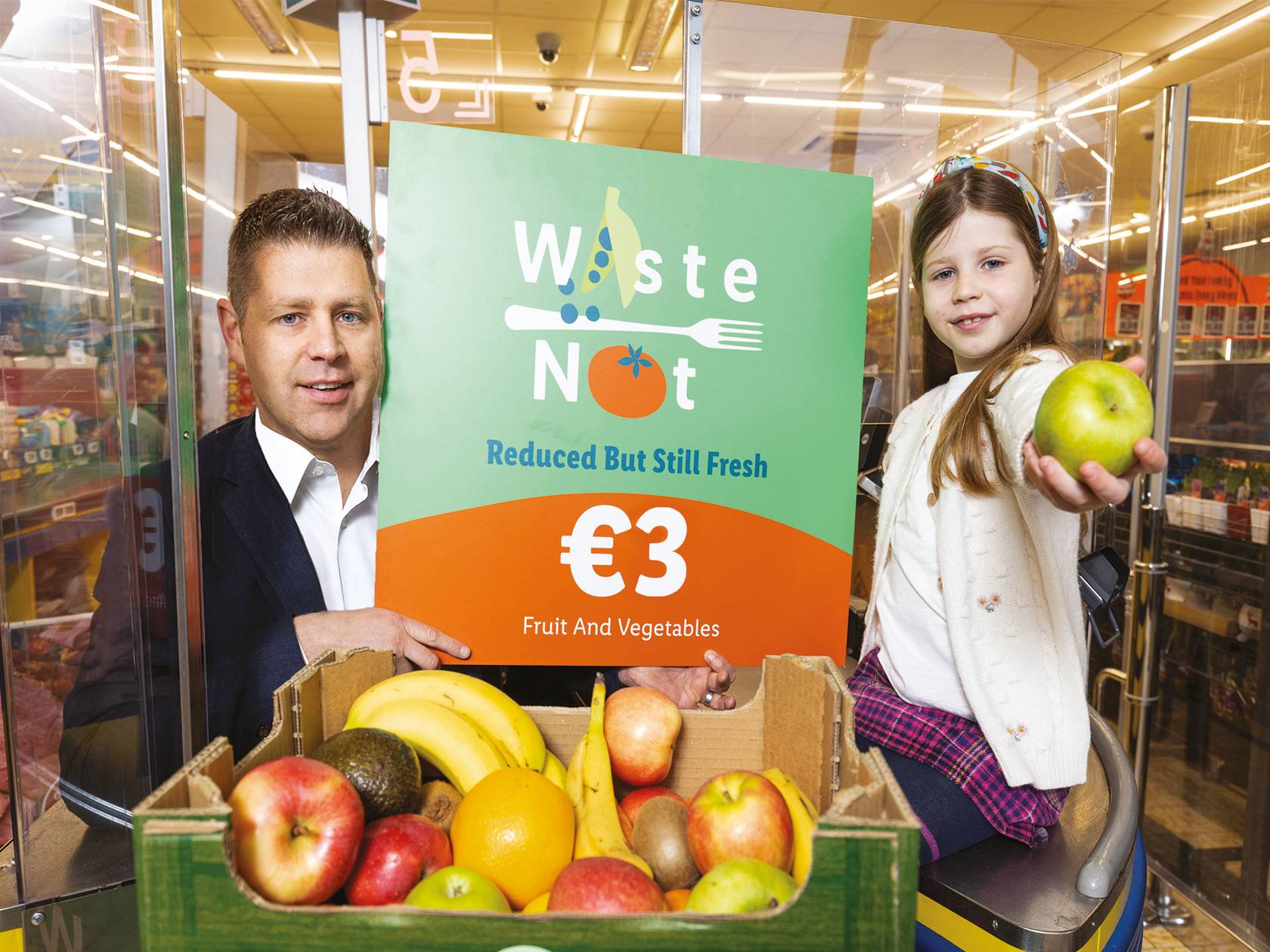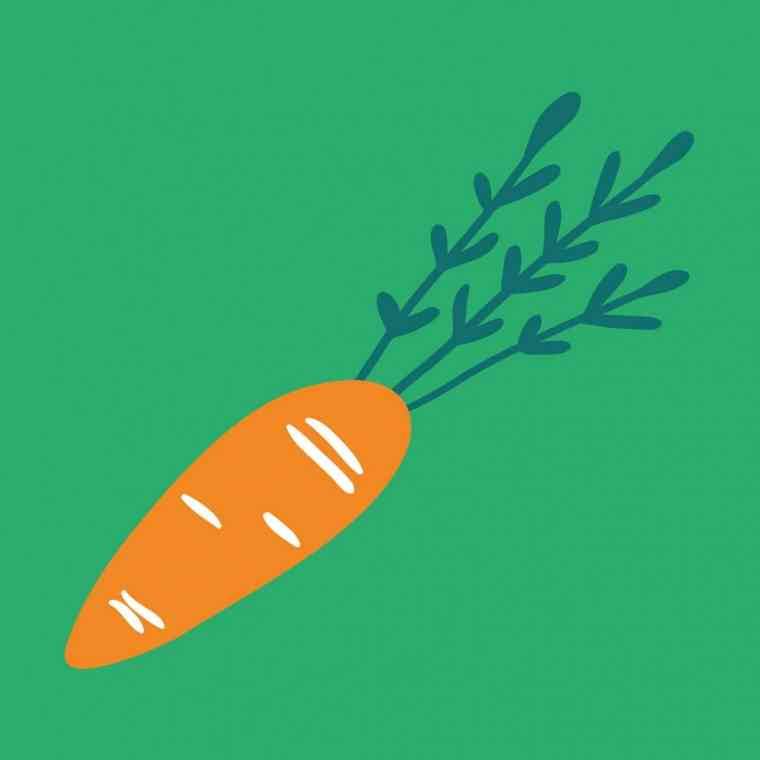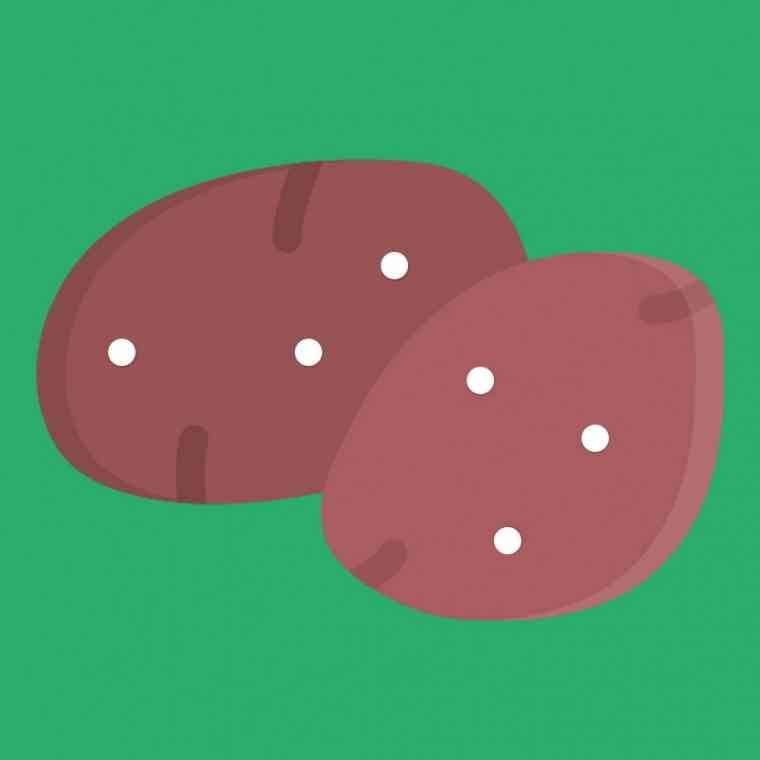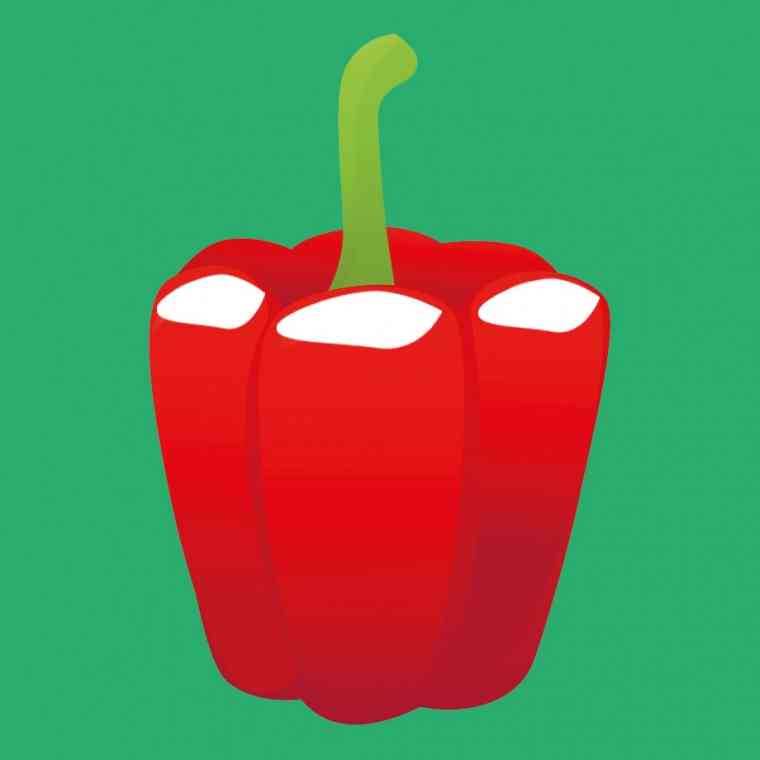
Introducing our Waste Not boxes!
We’re delighted to introduce our new Waste Not Fruit & Vegetable boxes coming to a Lidl store near you! The boxes, priced at just €3, will contain at least 5kg of mixed fruit and vegetables fresh from our store shelves.
How does it work?
The fruit and vegetables included in the boxes will have come from multipacks where some product has become slightly damaged and removed, and the remaining items which are perfectly good to eat are then used to make up the Waste Not boxes.
This initiative will bring even more savings to our shoppers, and we’re hoping to save more than 950,000kg of food from going to waste annually as a result!
Sounds like a win-win to us!
TIPS FOR MAKING YOUR FOOD GO FURTHER
We want you to get the most out of your food too – after all, it’s no good to anybody if the food we pass on still goes to waste further down the line. To help with this, we’ve put together a few tips for making food go further and to give you some ideas for working this extra veg into your weekly meals.

Aubergine
Aubergines work well in Mediterranean and Middle Eastern recipes, so taste great with tomatoes, lemon, oregano, cumin or fresh parsley. Cut the stalk off the aubergine but you can leave the skin on.
Store it: Aubergines will keep in the vegetable drawer of the fridge for up to 4 days. Only chop your aubergine when you’re ready to cook with it to avoid the flesh browning.
Save it: Chop and roast the aubergine in a little oil, then leave to cool and freeze on a lined tray. Once frozen, tip into freezer bags and add handfuls to pasta sauces.
Serve it: Char the aubergines whole over the hob or on a barbecue and scoop out the flesh for a flavoursome dip with lemon, cumin and natural yoghurt.
More ideas to try: Enjoy a lower-carb take on moussaka with loaded aubergine boats.

Carrots
Carrots are delicious eaten raw or cooked, and their slightly sweet flavour means they also work well in puddings and cakes. Wash your carrots well but don’t worry about peeling them – there are plenty of nutrients in the skins.
Store it: Unlike many vegetables, carrots can be stored in plastic and should be kept in the fridge where they should last at least a week. Don’t eat black carrots but limp carrots are fine to eat and still delicious in soups or dips!
Save it: Peel and finely dice with onion and celery, then freeze in bags for an instant ‘sofrito mix’ for pasta sauces, soups and stews.
Serve it: Add coarsely grated carrot to a stir-fry, or fry it on its own with lemon juice and cumin for a speedy side to curries or chilli.
More ideas to try: Simple carrot soup is made to taste really special by adding a drizzle of honey while they’re frying. Use up all your root veg in this delicious rosti, great to have for a filling brunch or tasty supper.

Potatoes
Baked, fried, mashed, boiled or roasted – there’s a way of cooking potatoes to suit almost every meal!
Store it: Keep potatoes in a cool, dark place. A paper bag or even your Too Good To Waste cardboard box if you have room would work well.
Save it: Next time you’re prepping your potatoes make a little extra to use them up. You could freeze chipped potatoes ready to bake straight from the freezer, or transform leftover mash into pie toppings or the foundations of fishcakes for a meal later in the week.
Serve it: Peel and boil your potatoes in salted water until soft, while gently frying chopping onions in butter in a separate pan. Drain and mash the potatoes, stir through the buttery onions and a handful of grated cheese, then scrape into an ovenproof dish. Top with more cheese and bake until golden, serving with sausages, peas or baked beans.
More ideas to try: Turn any leftover mash into fluffy potato pancakes for a filling brunch.

Bananas
Bananas taste sweeter as they become more ripe, so when you choose to eat yours is a matter of preference! Very soft or black bananas are better for baking with as they will mash more easily.
Store it: Keep your bananas somewhere cool and dark until ripe enough for your tastes, then you can pop them in the fridge to keep them going a little longer.
Save it: Slice your bananas and spread them across a lined baking tray with a squeeze of lemon juice. Cook in a low oven for 2 hours, or until crisp – perfect for lunchboxes!
Serve it: Use to add richness and texture to smoothies and overnight oats, or mix through hot custard for a nostalgic dessert.
More ideas to try: It’s the perfect time to make a batch of banana bread.

Peppers
Peppers are easy to use up as they work well in so many ways, from raw strips in lunchboxes to a colourful extra in fajitas. Be careful removing the stem and seeds – it might be easier to halve the peppers before cutting these out.
Store it: Peppers are pretty hardy, and will keep for up to a couple of weeks in the vegetable drawer of your fridge.
Save it: While you can chop and freeze peppers raw, peppers do last a long time in the fridge and are still fine to eat when they start to wrinkle and soften. At this point they’d taste better cooked rather than eaten raw.
Serve it: Lots of leftovers? Cut the stems and seeds out of peppers and roast whole in the oven, then fill with whatever you have to use up, such as Bolognese, risotto, curry or cooked rice. Add some grated cheese, then wrap in foil and roast for another 15 minutes.
More ideas to try: Roast chopped peppers with sweet potato, courgette and any other veg you have lurking in your fridge and use to top a tasty pastry tart.
